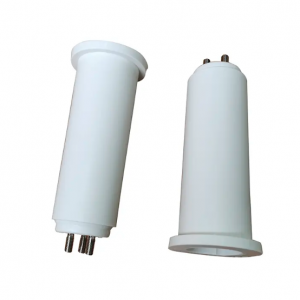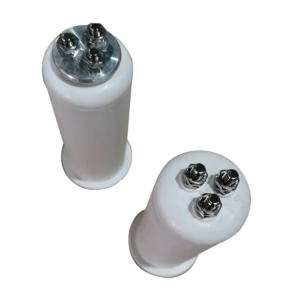High voltage (HV) cable receptacles play a vital role in efficient power transmission over long distances. Also known as connectors, these sockets connect high-voltage cables in a variety of applications, including power distribution networks, renewable energy systems and industrial infrastructure. In this article, we will explore the importance of high-voltage cable sockets, their main features, and how they contribute to more efficient power transmission.
The importance of high-voltage cable sockets:
High-voltage cable sockets are an important link between power stations and end users, ensuring reliable and efficient power transmission. Here are a few reasons why these outlets are essential:
Safe Connection:
High-voltage cable sockets provide a safe connection between high-voltage cables, minimizing the risk of electrical faults, power interruptions and energy loss during transmission.
Flexibility:
They allow cables to be connected and disconnected, making it easier to install, maintain and upgrade power systems, which is critical to adapting to changing energy needs.
Load Management:
High-voltage cable sockets are capable of distributing power from different sources to multiple destinations, allowing for efficient load management and smooth operation of the grid.
Main features of high voltage cable sockets:
To ensure reliable and efficient power transmission, high-voltage cable sockets have several basic characteristics. These features optimize the performance and safety of the entire power system.
Some key features include:
High Voltage Rating:
High voltage cable receptacles are designed to handle high voltage levels, typically ranging from 66 kV to 500 kV and above, ensuring safe and efficient transmission of power.
Rugged Construction:
These outlets are built to withstand harsh environmental conditions, including extreme temperatures, moisture, and chemical exposure, ensuring long-term reliability and durability.
Insulation and Shielding:
High-voltage cable sockets use insulation and shielding materials to prevent leakage and ensure safe transmission of power, minimizing the risk of electrical accidents and hazards.
Fault detection and safety features:
Some high-voltage cable sockets are equipped with fault detection systems that can quickly identify and isolate any electrical faults, increasing safety and minimizing downtime.
Improve power transmission efficiency:
High-voltage cable sockets play a vital role in improving the efficiency of power transmission. Its efficient design and functionality help achieve the following goals:
Minimize energy loss:
High-voltage cable sockets, if installed and maintained correctly, can reduce power loss during transmission, ensuring more efficient power delivery and reducing overall energy waste.
Improved system reliability:
Reliable high-voltage cable outlets help increase system uptime by preventing electrical faults and failures, minimizing downtime and increasing the reliability of the power distribution network. Promote the integration of renewable energy into the grid: High-voltage cable sockets play an important role in the integration of renewable energy into the grid. By connecting renewable energy generation facilities to the grid, these sockets enable the efficient use of clean and sustainable energy.
in conclusion:
High voltage cable receptacles play a key role in providing safe and efficient power transmission over long distances. These outlets feature high voltage ratings, rugged construction, and advanced features to ensure reliability, minimize energy loss, and increase overall power transfer efficiency. As technological advancements continue to shape the power industry, high-voltage cable sockets will remain an essential component, providing a sustainable, reliable power supply for a variety of applications.
Post time: Oct-09-2023



